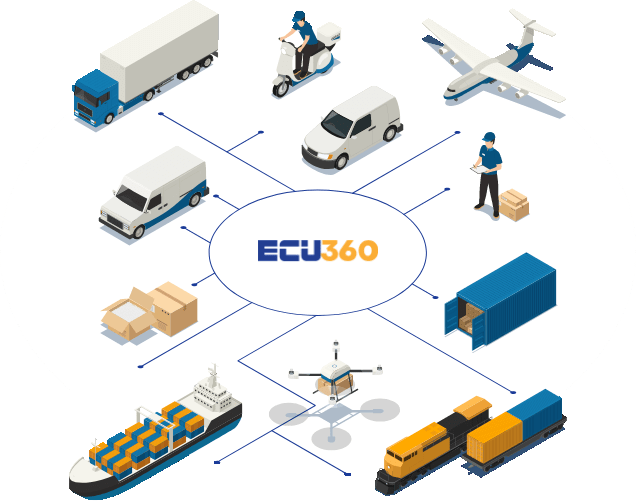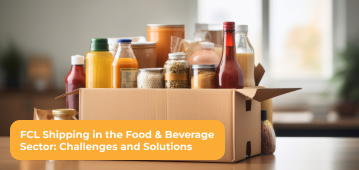Reverse Logistics Done Right: How to Streamline Returns and Exchanges in Ecommerce
In the dynamic world of ecommerce, the customer journey doesn’t end with a purchase. The return and exchange process, often overlooked, plays a crucial role in customer satisfaction and brand loyalty. Reverse logistics, the process of managing goods that are returned by customers, is a complex yet essential part of the ecommerce supply chain. This article explores how to streamline returns and exchanges, ensuring a hassle-free experience for customers and efficient operations for businesses.
The Importance of Reverse Logistics in Ecommerce
Reverse logistics is more than just handling returns; it’s about creating a seamless experience that enhances customer satisfaction and builds long-term loyalty. According to recent studies, 96% of buyers who find the return process easy are likely to shop with the retailer again. This statistic underscores the importance of a well-structured reverse logistics strategy.
Key Components of Effective Reverse Logistics
- Streamlined Returns Management
- Return Authorization: Implement a user-friendly return policy management system that allows customers to initiate returns easily.
- Product Inspection: Ensure returned goods are checked for damage, usability, and compliance with return policies.
- Sorting and Categorization: Efficiently sort items into categories—resellable, repairable, or disposable—to optimize inventory management.
- Customer-Friendly Returns
- Convenient Return Policies: Craft clear and fair guidelines for returns and exchanges. Decide on policies like return eligibility, restocking fees, or which items qualify for free returns to prevent confusion.
- Hassle-Free Exchanges: Offer instant exchanges to provide customers with a quick and seamless experience. Instant exchanges can significantly reduce wait times and improve customer satisfaction.
- Efficient Inventory Management
- Restocking Delays: Ensure resellable items are reintroduced into inventory promptly to avoid stock imbalances and delays.
- Increased Storage Costs: Manage non-resellable goods efficiently to minimize warehousing costs.
- Sustainable Practices
- Recycling and Repurposing: Promote sustainability by recycling or repurposing returned goods. This not only reduces waste but also aligns with eco-conscious consumer preferences.
- Eco-Friendly Packaging: Use sustainable packaging solutions to minimize environmental impact.
Leveraging Technology for Enhanced Efficiency
- Automated Returns Processing
- Self-Service Portals: Provide customers with self-service portals for initiating returns and tracking their status.
- Real-Time Tracking: Implement advanced tracking systems to offer real-time updates on the return process.
- Data Analytics
- Insights and Trends: Use data analytics to identify trends in returns and gain insights into customer behavior. This information can help in making informed decisions about product quality and inventory management.
- Fraud Prevention
- Return Policy Enforcement: Utilize tools like the Return Policy Enforcer to validate returns and reduce fraudulent activities.
Future Trends in Reverse Logistics
As ecommerce continues to evolve, so too will reverse logistics. Future trends include:
- AI-Driven Automation: AI and machine learning will streamline the return process, making it faster and more efficient.
- Advanced Tracking Systems: Real-time tracking will become more sophisticated, providing customers with instant updates on their returns.
- Sustainable Solutions: Eco-friendly packaging and recycling programs will become more prevalent, aligning with consumer demands for sustainability.
Conclusion
Reverse logistics is not just a cost center; it’s a strategic opportunity to enhance customer satisfaction, reduce costs, and promote sustainability. By streamlining returns and exchanges, ecommerce businesses can build stronger relationships with their customers and position themselves for long-term success. Embrace reverse logistics as a core part of your ecommerce strategy and watch your business thrive in a competitive marketplace.
Like





Comments